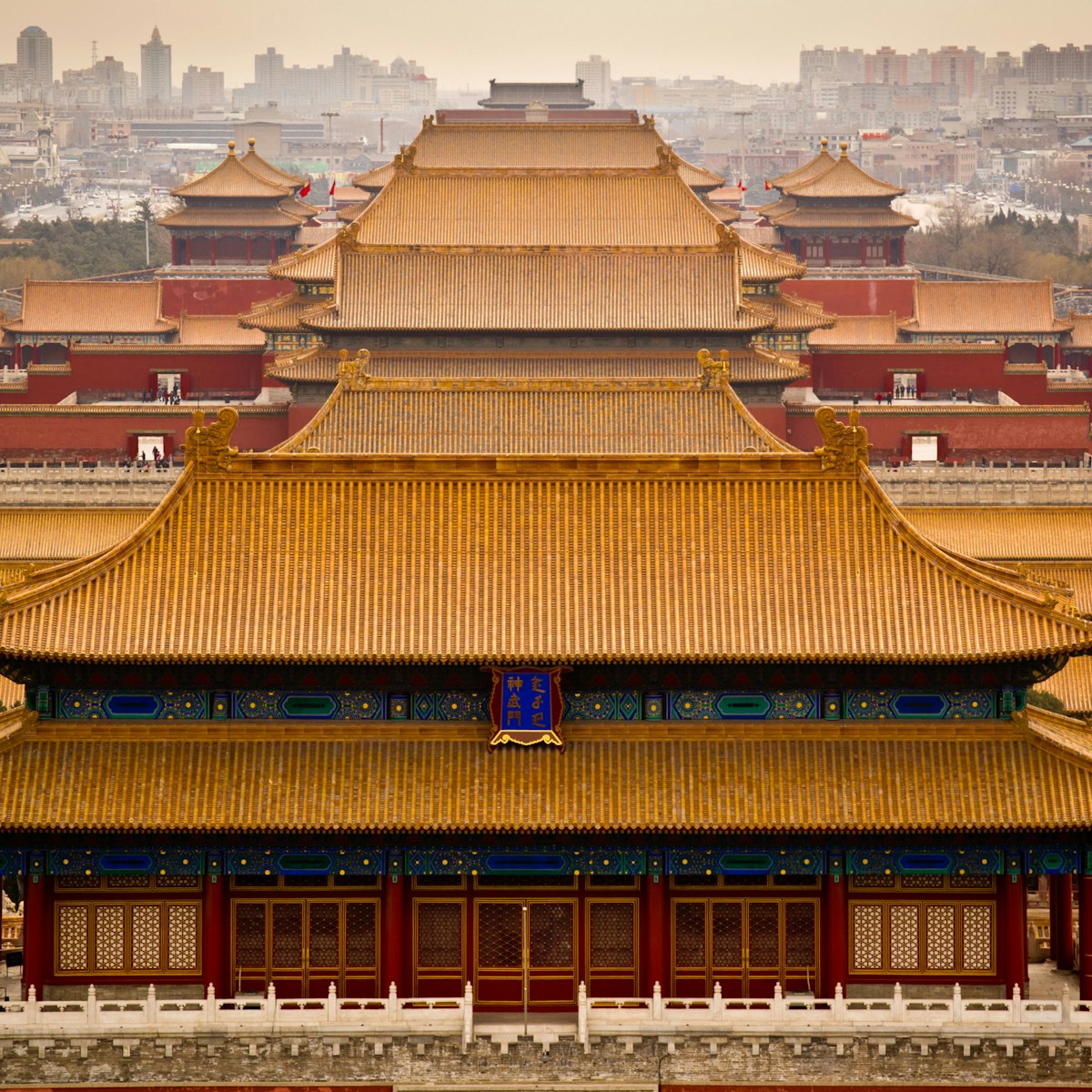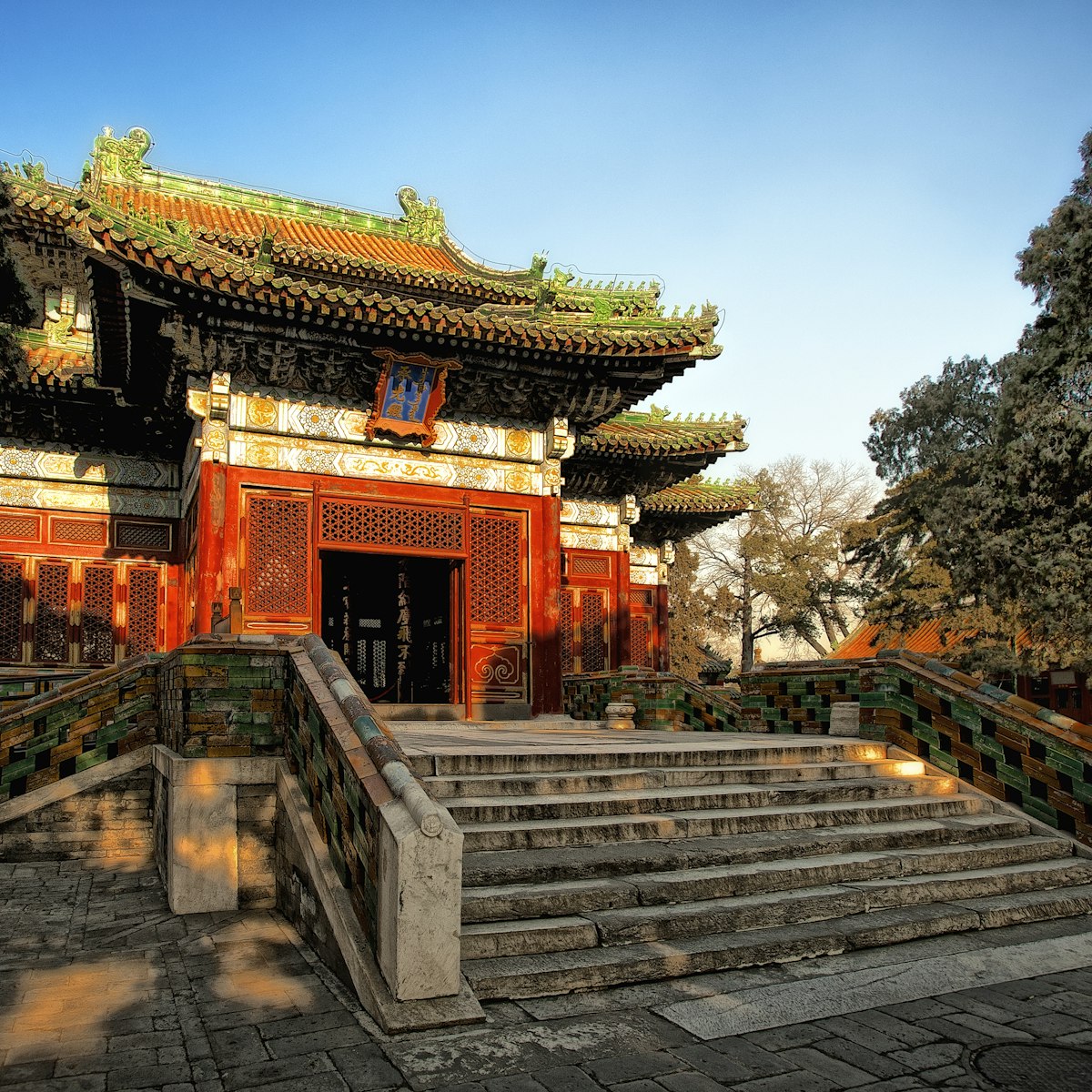This cathedral-like Bauhaus space, ceilings emblazoned with red Maoist slogans, makes for the quintessential 798 photograph whether or not an exhibition is in place. Built in the 1950s and established as a gallery by artist Huang Rui in 2003, several pieces of the old East German–built machinery have been left in situ. Enter via the underpass just west of the central UCCA gallery.
Bauhaus architecture, a German modernist movement, dictated that form should follow function. The 718 Joint Factory, of which this was a part, was built with East German expertise in the 1950s, with components imported from East Germany via the Trans-Siberian Railway all the way into the factory itself (the old factory station, and a steam loco, is a short walk west). The sawtooth roof with its banks of slanted windows bathes the space in natural light, while the northerly aspect reduces shadows. Supposedly the Chinese and their Russian advisors complained at the time about the high cost and exacting standards of the German design.
D-Park, together with 798, contains what was the gold standard of communist industrial might in China from 1957 when it was built (with East German expertise) until Deng Xiaoping's economic reforms in the 1980s. The whole zone was destined for demolition in the mid-noughties, to be turned into a technology park. Fortunately, public outcry and international involvement saved the site and earned preservation orders for the old industrial structures.







